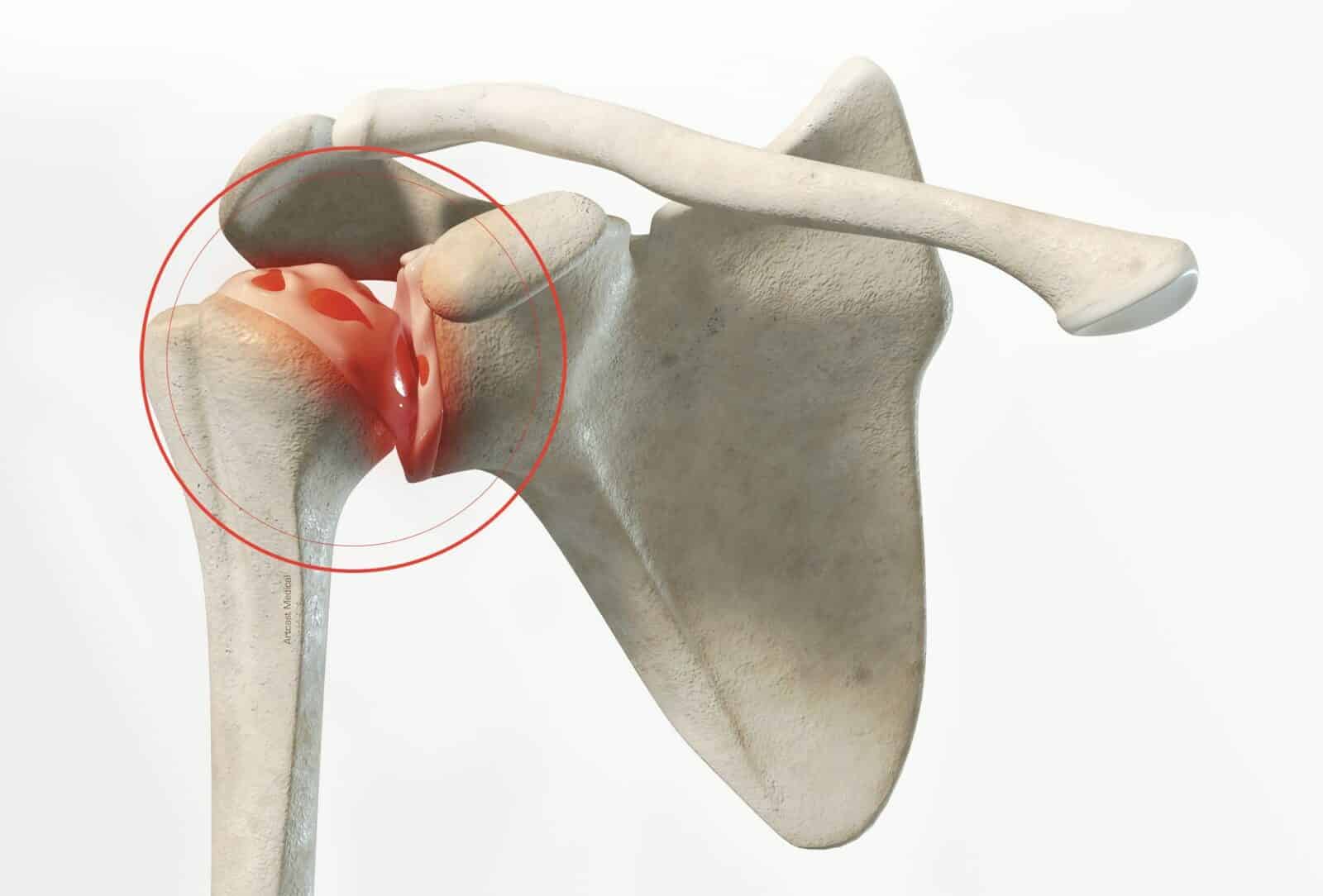Rotator cuff repair
Shoulder surgery
Procedures used in shoulder surgery vary according to the joint pain: rotator cuffs or rupture of the shoulder tendons, shoulder replacement or revision, shoulder stabilization… The surgical strategy is defined in relation to each therapeutic objective.

Rotator cuff repair
Repetitive movements of the upper limbs or natural wear can lead to rotator cuff tear. These tendons, which enable good shoulder mobility, rupture as a result of regular rubbing against the acromion bone: reconstructive surgery is thus the right solution.
Shoulder acromioplasty
Shoulder acromioplasty
A shoulder acromioplasty is indicated for subacromial impingement: the main signs are pain and loss of mobility, especially when lifting the arm. The operation consists in creating a big enough sliding space for the tendons, thus eliminating the pain and preventing their premature wear.
Biceps surgery
Biceps surgery
Intensive sport sometimes results in injuries such as tendonitis and can even result in biceps rupture, or more specifically, its detachment. This trauma requires biceps surgery in order to recover normal mobility.
Shoulder stabilization
Shoulder stabilization
Following a trauma, some structures such as the shoulder ligaments can be weakened, no longer playing their role of stabilizing the joint. The shoulder is easily dislocated, even during simple daily activities. We thus talk of an unstable shoulder, a disorder resorbed by shoulder stabilization surgery.
Acromioclavicular stabilization
Acromioclavicular stabilization
Caused by a trauma, the luxation of the acromioclavicular joint cannot be resolved spontaneously. To recover function, the surgeon proposes acromioclavicular stabilization: the collarbone is durably repositioned.
Calcific tendonitis of the shoulder
Calcific tendonitis of the shoulder
Calcific tendonitis is the build-up of calcium in the tendons in the joint. For this pathology, which is a source of pain, arthroscopic shoulder surgery is indicated: the operation is performed through small incisions, thus sparing the muscles and promoting post-operative recovery.
Total shoulder replacement
Total shoulder replacement
Osteoarthritis induced by repetitive movements of the upper limbs, or linked to the natural wear of the cartilage, results in pain and a decrease in mobility. Shoulder replacement can resolve these symptoms and restore articular comfort.






